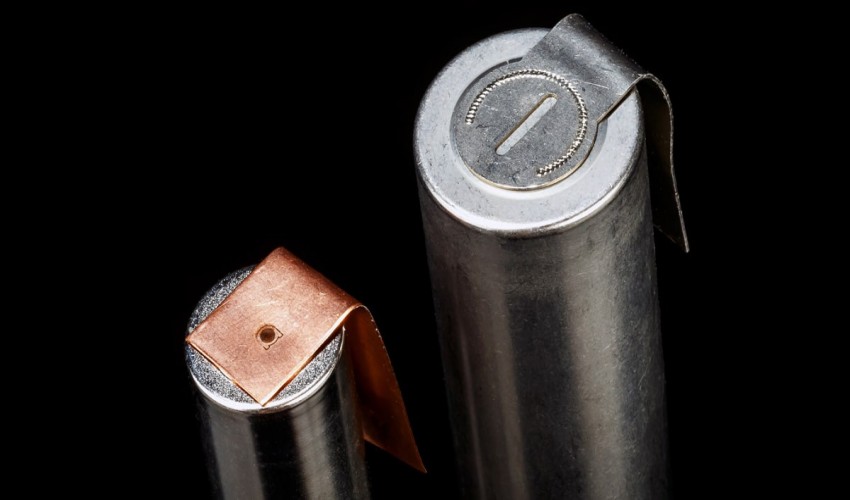
Laser welding with ultrasonic assistance for vehicle battery packs
- welding process
- laser welding
- welding
- welding dissimilar
- ultrasonic excitation
- properties welded
Background
Electric vehicle (EV) sales will reach 44 million vehicles a year by 2030, with many European countries, including the UK, targeting zero emissions in the next 30 years. Therefore, there is a growing need for battery pack manufacturing to meet the demand. While Asia remains the stronghold (expected to reach 800 GWh by 2025), Europe is growing rapidly with generation capacity expected to reach 450 GWh/year by 2030.
Laser welding has become the optimal welding technique to meet the growing demand for manufacturing batteries for electric vehicles; being 4 to 5 times faster than current welding processes. While laser welding is well suited to the growing manufacturing demands and assembly needs of battery assembly, challenges remain in its application in this industry. A standard battery typically consists of hundreds, if not thousands, of individual cells that are connected together to provide the required power and capacity.
Fabrication of the required joints presents several metallurgical challenges, including the joining of several different materials of varying thicknesses.
SoniLaser will introduce a Power-Ultrasonic vibration treatment that will aid the laser welding process of EV batteries to improve weld integrity and quality.
Objective
The objective of the SoniLaser project is to "non-invasively" control and modify the microstructure during solidification between the joints of different batteries while using power ultrasound vibration treatment, through the use of transducers. This ultrasonic excitation is believed to interact with the flow of the weld pool, the mode of solidification, the mixing of alloying elements and the diffusion that occurs during solidification. By breaking up continuous flows such as Marangoni convection in the weld pool, SoniLaser will minimize the formation of intermetallics and unwanted precipitates.
SoniLaser will focus on the development of an ultrasonically assisted hybrid welding process in the battery manufacturing sector, by understanding the mechanisms by which the application of excitation influences the solidification of the weld pool. Understanding its interaction with different chemistries of the materials of interest and the parameters of the solidification process is essential to optimize the technique, which can be achieved through a large amount of data to be acquired through methodical design of the experiments. The effect of ultrasonic excitation (vibration) during laser welding between dissimilar metals (i.e. aluminum, nickel, copper) will control the thickness of intermetallic compound layers during solidification and will reduce or prevent the generation of defects which can significantly limit the mechanical properties of welded joints.
Benefits
SoniLaser will introduce PUVT (Power-Ultrasonic Vibration Treatment) during the laser welding process as an effective strategy to improve the mechanical properties of many dissimilar welds, limiting the formation of IMC and other defects.
The benefits of advancements in battery manufacturing are expected to be:
- A reduction in porosity and residual stresses by 25% as well as an improvement in the mechanical properties of the battery weld, thanks to grain refinement and phase distribution, by 10%.
- Decrease in bulk intermetallics by 30%. Due to a lower viscosity, a higher diffusion of the materials in the weld pool is achieved.
- At least a 50% increase in laser welding speed, resulting in a 10-15% improvement in total battery productivity